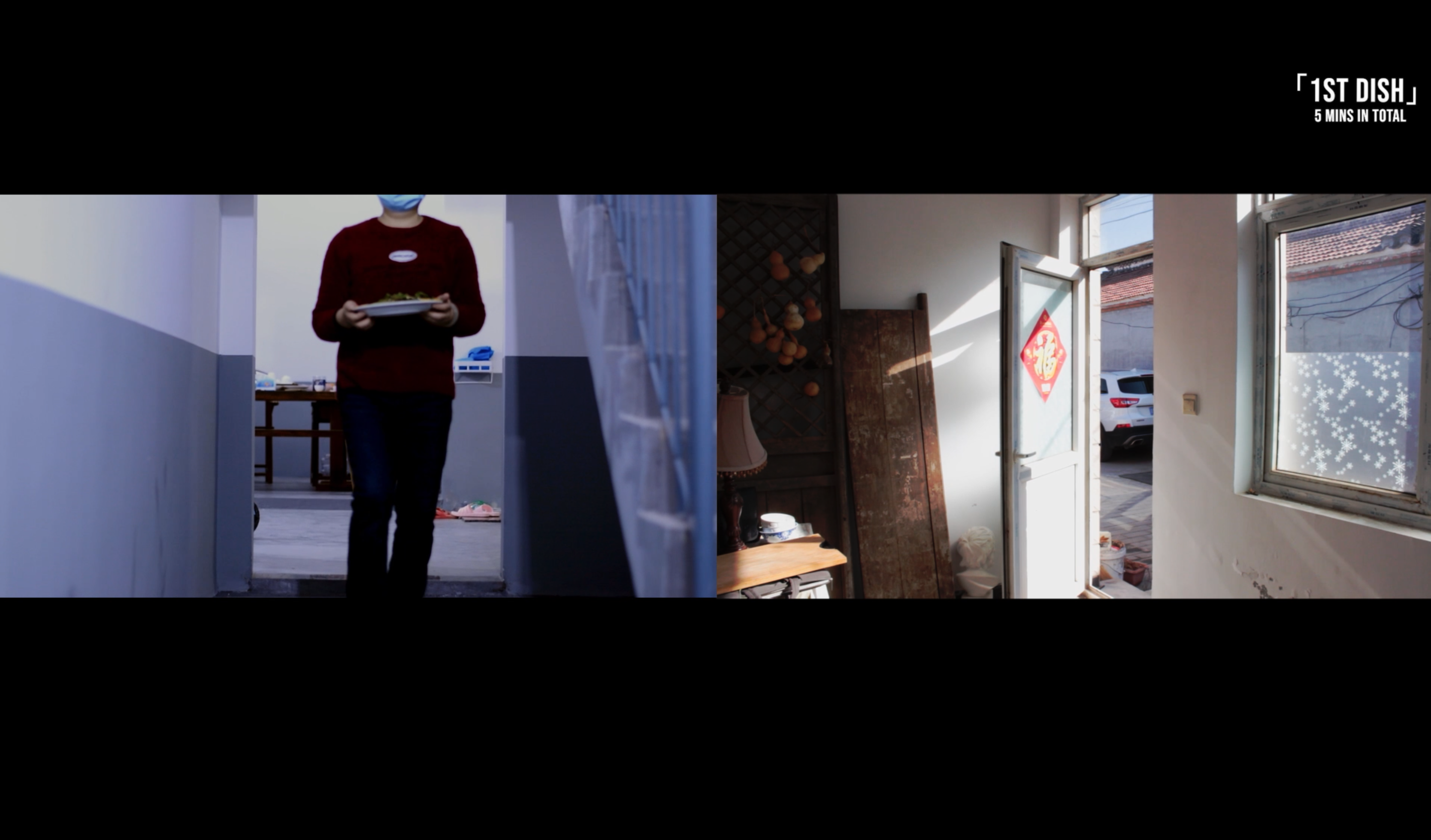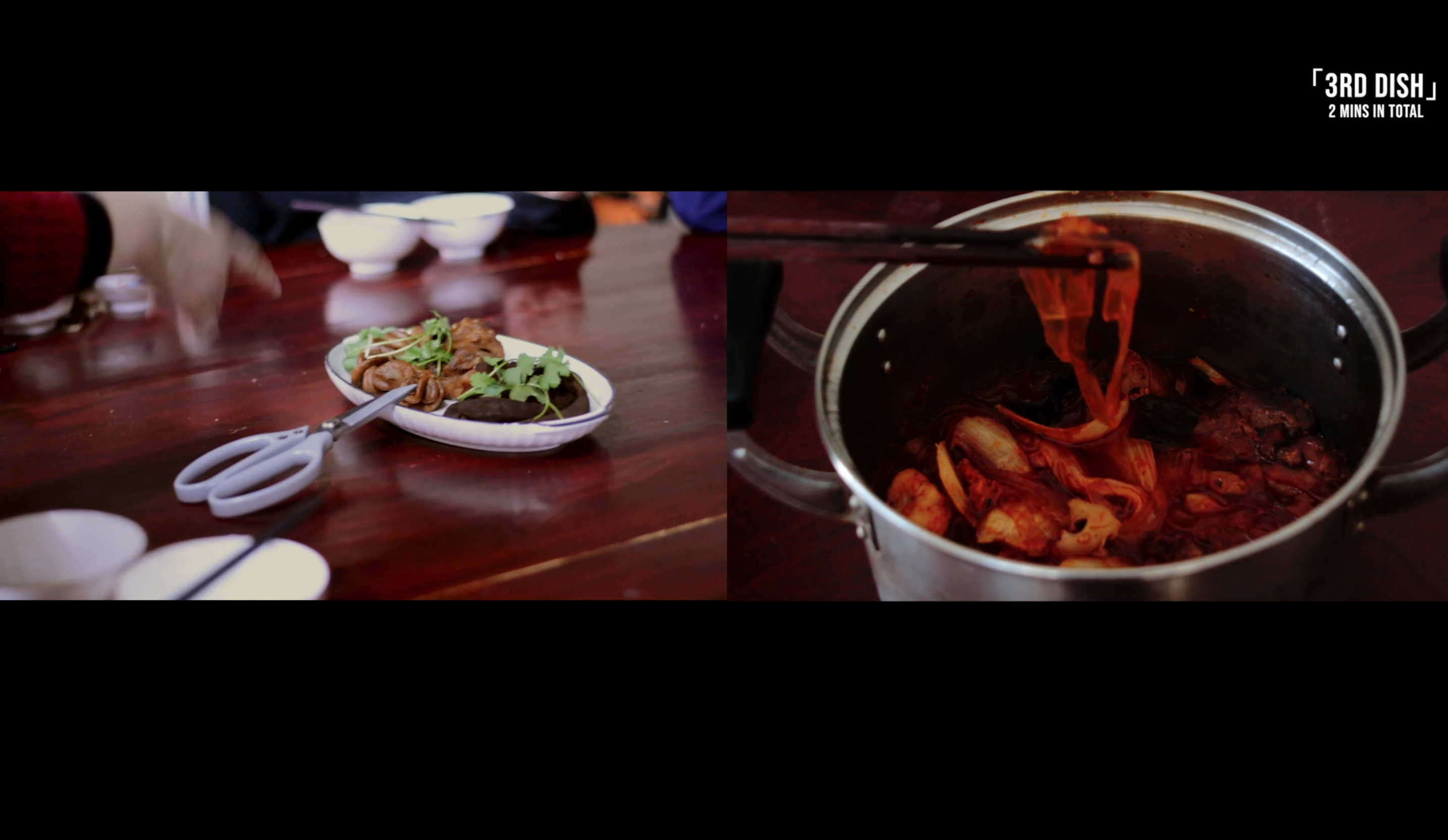4. Lgr5+ stem cell

Responded to Hans Clever’s Stem Cell Research | Moving Image Collaboration with Wenqing Yao / 2021
A Dining experience of Lgr5+ stem cell and its organoid Intestinal dietary simulation
In "Lgr5+”, the remote dialogue of dining experiences intends to reflect the growth of Lgr5+ intestinal stem cells and its expansion in vitro by narrating the process of intestinal dietary. Inspired by the food sharing culture and eating habits, the project aims to ask the viewers to critique their roles as eaters and the diseases like irritable bowel syndrome (IBS) caused by certain eating habits. In the narration design, the participants are considered as the Lgr5+ stem cells, and their eating process is how the stem cell works and the microbiota ecology look like in the simulative gut organoid.
The work is in progress, not available to preview online
Research References


Work



